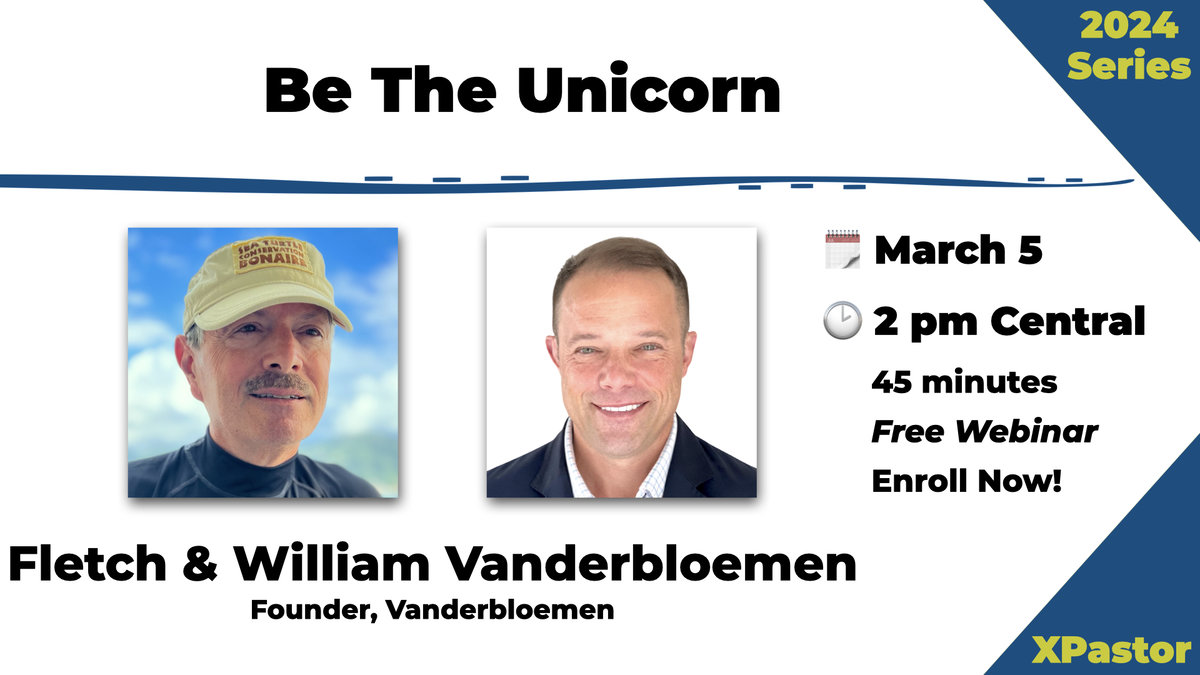Change is hard. No, I mean real change is really hard! Oh sure, we all dream, imagine or wish that something in our lives will be different or better tomorrow; but taking the steps necessary to make that happen … that’s really hard! How many times have I used the statement that “insanity” is defined as doing the same thing over and over but expecting a different result? We have all said that with a smile and nod. But truthfully to some degree, we have also embraced that as a part of our own reality, even if we don’t want to admit it. We hope and dream that tomorrow will be better, but we live the same way the next day and are disappointed that nothing changed. Real change is really hard!
You know who loves change? It’s the rare individual with both the vision and the capacity to make that change happen. Those few love change. They are capable of it. They are in charge of it. They live in the excitement and challenge of it. But most of the rest of us dread change even when we know that it’s necessary!
Conversations about change are everywhere. It occupies our boardrooms and dominates our personal life discussions. It’s necessary. It’s a part of growing and living. It’s scriptural. We know that; but often it doesn’t really matter whether we are talking about a small change of personal habits, a major life change or an organizational change … it’s really hard! And, most of us would rather not change.
Having observed and thought about this issue over several years I have concluded there are at least four necessary stages for real change to be lasting. I share these as I take the journey with you, in the hope that it will be a comfort and help.
Stage 1: Think
New Knowledge
Real change demands something that will deeply motivate me to move from an “unhealthy” to a more “healthy” environment … physically, emotionally, relationally or spiritually. Sometimes I need new or different information. Most of the time I need a new perspective on what I already know. This is the critical step in beginning to understand why change is necessary. Unless I fully recognize and embrace the fact that the current condition is sufficiently unhealthy, I am not prepared to take the hard steps necessary to make that change.
An example: Smoking is a major health risk. But 35 years ago when it became the “cool” thing to do, there was little information to suggest it was a serious long-term health problem. Today, the Surgeon General has confirmed the risks associated with this behavior. While this knowledge is a necessary starting point, unfortunately just knowing is rarely sufficient to cause real and lasting change.
Do you have insight into a necessary change in some part of the culture of your organization? Do you have a burning vision of a preferred future? The first step is to convince the majority of your listeners that they are in an environment that absolutely needs to change, even if they don’t recognize it. Graciously, slowly and persuasively share your perspective. It will be new and somewhat unsettling to many of them. Then give them tons of time and lots of repeated compelling reasons for why the current environment is “unhealthy” enough to start the really hard and painful change process.
If nothing changes … nothing changes.
Stage 2: Decide
New Will
Knowing something isn’t enough. I know a lot of things about my personal life that could change for the better, but being sufficiently convinced to change these things is way more difficult! Unless I fully embrace this new or revised understanding, I will never succeed in accomplishing meaningful change. It is essential that I make a decision of the will to do something about it. This is not idle conservation … this is the critical point at which change has a chance to actually happen or just remain a repeated conversation.
I know that regular exercise is a great benefit to my physical and mental health; I talk about it all the time. But, the real question is, am I going to carve out the time and financial resources to go to the gym?
Will the vision you have for a different reality for your organization have any hope of succeeding? The real test is whether or not your listeners have moved from knowing that to deciding to act on it, even in view of the cost and difficulty. Encourage them, reassure them, and constantly remind them of the benefits of the change. Then do it again, and again, and again.
If nothing changes … nothing changes.
Stage 3: Act
New Behavior
Is this new decision truly part of me deep down inside, or just something I know I need to do? Someday I’ll decide to do something about it. Am I willing to actually act to change the patterns of my life, so that I can put into practice the decisions I made based on the knowledge I’ve embraced?
Harder than the other stages, this step opens me to accountability. The previous two stages are passive since they are a personal matter, known only to my mind and heart. This one isn’t. This is now the exposure point at which I will publically commit to change. It might be public to my spouse or best friend. Or it might be revealed to a much larger audience. Either way, I am now committed beyond my personal internal beliefs to work to accomplish real change that I truly believe is essential to a more healthy future.
Now that I have shared with my best friend, the lead elder, that as a pastor my personal devotional time is dismal, I am subject to his accountability but also to his encouragement. Now, for the first time in this process, I have publically revealed my heart’s conviction about this necessary change and I am exposed to both challenge and encouragement.
As you lead change in your organization, how committed do you think your listeners are to publically identify themselves with that future vision? This step becomes the test point of all the preparation up to this point. Will you, and those who follow this vision, be willing to publicly act on the decisions that so far have been quietly personal? We know there is a risk that we will be challenged. We will probably be confronted with opposition. We certainly will be questioned by why, when, who and how. This stage is truly where the rubber meets the road.
If nothing changes … nothing changes.
Stage 4: Change
New Relationships
I believe this may be the least recognized and most difficult stage, but maybe the most important one. It would be the rare individual who is able to commit to real change of any significance without the support and encouragement of other people. I need relationships in my life with people who are like-minded about this new behavior, based on my new decision that results from my new perspective.
Maybe some of the people in my current circle are participating in a similar change and those relationships can grow even closer. But it may be necessary to break off some other relationships that only serve to reinforce the old or poor patterns I’m trying to change. Or, it may be that I just don’t have relationships that “get it” and therefore, no one is able to engage in my life in a way that continues to build my resolve. In spite of the complex nature of this stage, it is essential to make real change last. I must find people around me who will be positive motivators to encourage and help me change.
If I’m committed to exercise, than maybe I need a partner to run with me. If I’m going to see my devotional time really increase, then maybe I need a small group of like-minded people to support me through the tough times. If someone’s goal is to quit smoking, they need more than the patch to be successful.
If I’m leading organizational change, then it is essential that I develop relationships with a growing number of people who understand the needed change, who are excited about it and who will influence others. People arrive and leave churches all the time. The concept of completely “closing the back door” just isn’t realistic in a broken world with all of us flawed leaders. John Maxwell once said about leadership, “Every decision you make you choose who you will lose.” But you also choose those who will be more deeply committed to the preferred new future. If I’m truly committed to real lasting change, then I need to be prepared to either allow my relational world to be slightly altered or maybe turned completely upside down.
If nothing changes … nothing changes.











